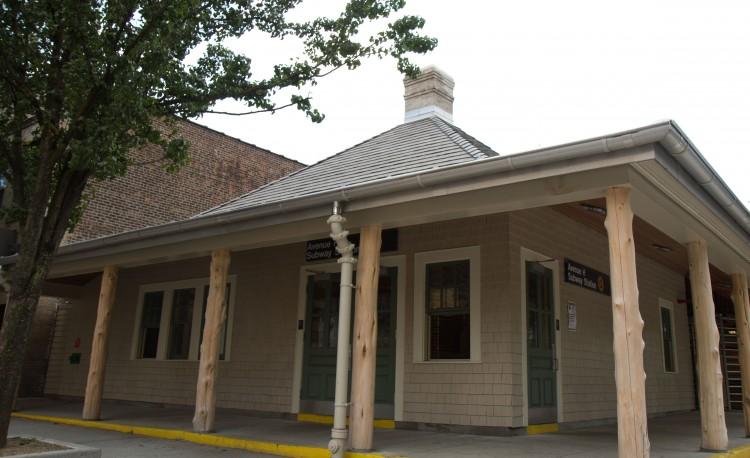NEW YORK—The city’s subway system is aging. Brooklyn’s Avenue H Station House was built in 1906. The MTA had decided to tear it down and replace it, but the community banded together seeking restoration for its sagging roof and other worn out features—and they got it.
The station is part of a multiple station renovation project along the B, Q line going toward Coney Island from Manhattan. About a dozen blocks south of Prospect Park, Avenue H Station House was landmarked in 2004—almost a century after it was built.
In 1906, real estate firm T.B. Ackerson Company built an office above a set of rail lines with bare, peeled logs as posts, a wrap-around porch, and a chimney. The firm had decided to build 150 homes in the area around Avenue H. The decision turned out lucrative—all the homes sold before construction was finished.
Renovated Brooklyn Station House, Relic With Modern Feel
The city’s subway system is aging. Brooklyn’s Avenue H Station House was built in 1906. The MTA had decided to tear it down and replace it, but the community banded together and restored it.

The Avenue H Station House, built in 1906, was saved by the community in 2002 from being torn down, was landmarked, and has recently been renovated. Zachary Stieber/The Epoch Times

Zachary Stieber
Senior Reporter
|Updated:
Zachary Stieber is a senior reporter for The Epoch Times based in Maryland. He covers U.S. and world news. Contact Zachary at [email protected]
Author’s Selected Articles





